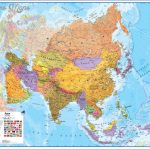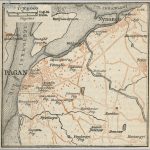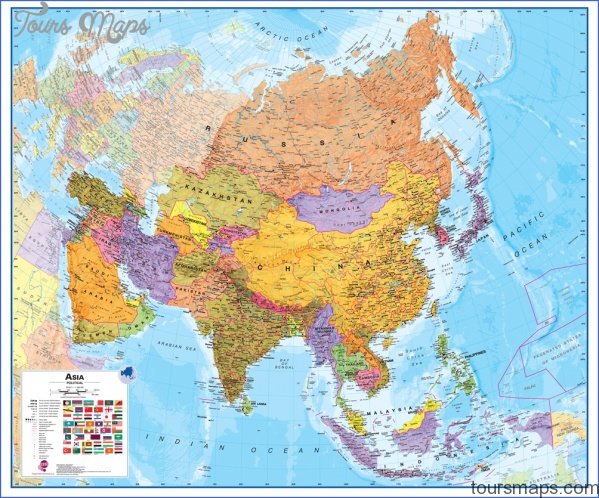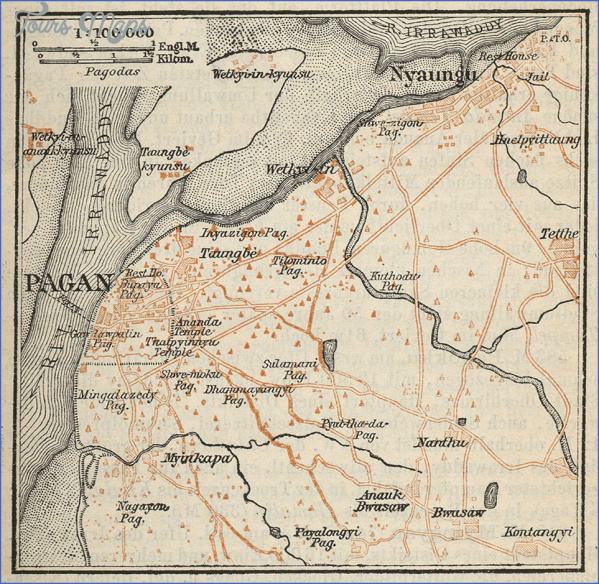I needed restoration again so I sat in a bamboo chair at a nearby outdoor tea house to admire the bridge, which stood high above the water of the lake with villagers and monks walking along it. As soon as I stopped I attracted a hawker, a young girl who softly and gently harassed me to buy her pseudo jade jewellery. Suddenly she leaned in, stared and pointed to my hand. I wasn’t going to try to tell her about it, but then she showed me her hand. She had a long scar very similar and on exactly the same place. (No one in Australia ever asks me about my scar. Don’t they see it, perhaps they just don’t care.) Examining her little hand, I saw that it was useless, all twisted into a claw. She said, ‘Operation’. She had few English words but this one she knew only too well. Then she showed me her leg. It was also deformed and scarred. I could not diagnose what had caused this, but I know that anyone disabled in this country is unlucky. I bought her jade lookalike at an exorbitant price.
Now it was time for lunch and my guardian took me to a simple restaurant, open on all sides but roofed and well supplied with plastic chairs. The bamboo shoots and chicken I ate was very good and cost two dollars with a fruit juice. I could never get over my surprise at the cost of food in Burma. Hotels and guesthouses might be going up in cost by the hour, but food remains the bargain of the century.
Burma On A Map Photo Gallery
Continuing on, the taxi left me at a riverside landing so I could take the ferry across to the other side to visit Inwa. The driver said he would wait there for my return. Inwa, formerly known as Ava, had been a Burmese capital city for four hundred years.
The ferry was a small wooden boat with an outboard. That is the other great bargain in Burma transport. The return journey cost eighty cents. On the opposite landing I had to hire a horse cart to go around the sites. I shared one with Emily, a pleasant young American I had just met, and we bounced and shook over little dirt tracks for the two hours that this expedition took.
We visited a couple of stupas and then a large teak temple, accompanied all the way by would-be sellers of trinkets who smiled and laughed and said, ‘Later’ when we said, ‘No thank you’. Perhaps they were familiar with the wearing down capacity of sheer persistence. This time, however, I was strong and managed to resist.
Bagaya Kyaung, the teak monastery, was constructed entirely of teak wood. Wonderful carved panels and huge columns up to sixty feet high decorate its interior, which is dim and dark except for a golden idol shining in its innermost recesses.
Maybe You Like Them Too
- Top 10 Islands You Can Buy
- Top 10 Underrated Asian Cities 2023
- Top 10 Reasons Upsizing Will Be a Huge Travel Trend
- Top 10 Scuba Diving Destinations
- World’s 10 Best Places To Visit




